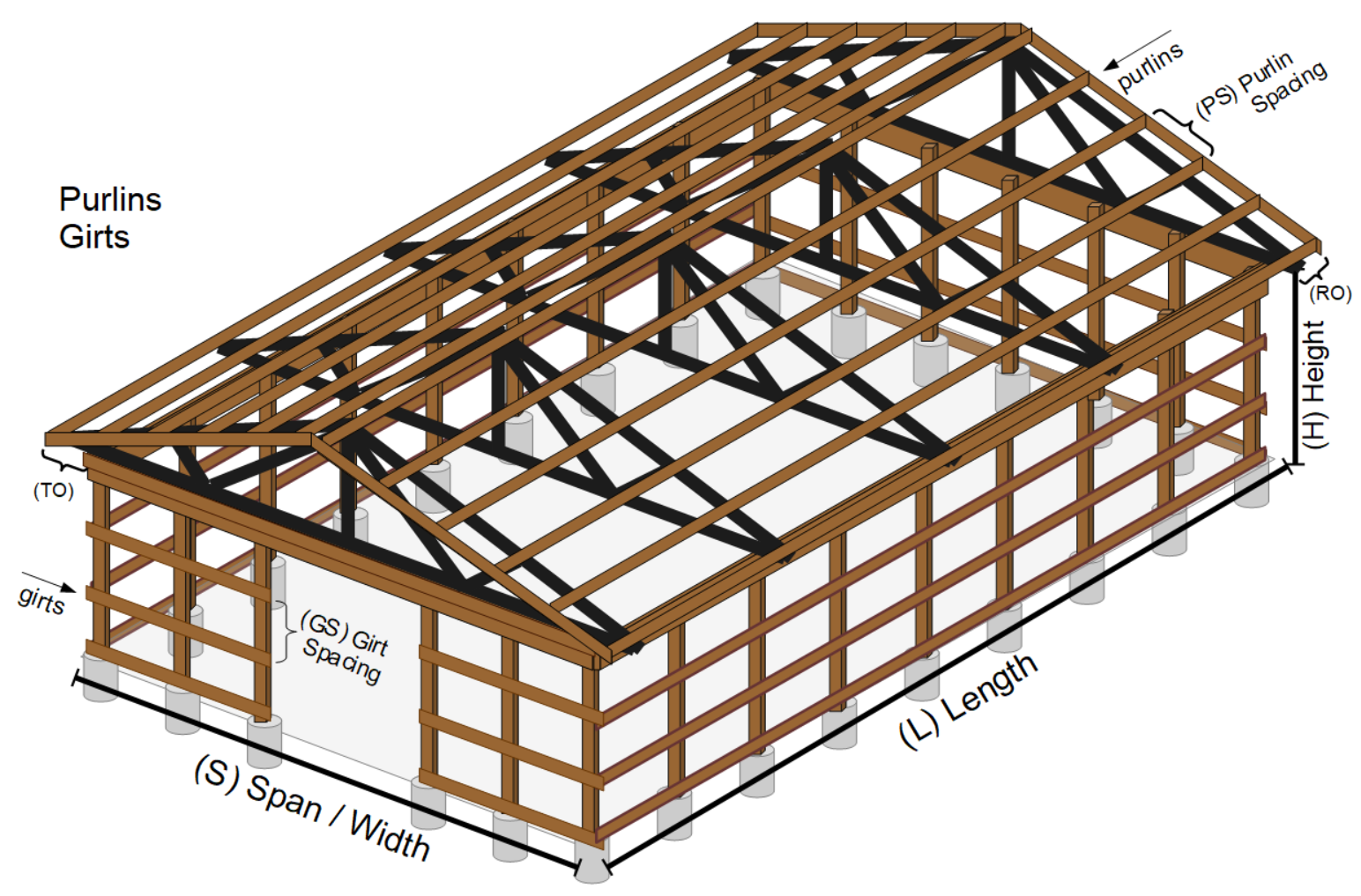Processing...
Lumber refers to wood that has been processed into beams, planks, or boards, typically for construction and other building applications. It is an essential material in carpentry, woodworking, and construction.
Types of Lumber:
- Rough Lumber: Wood that has been sawn but not planed or smoothed, often used for structural purposes.
- Finished Lumber: Wood that has been planed and sanded, ready for use in furniture or decorative applications.
Classifications:
- Softwood Lumber: Comes from coniferous trees (e.g., pine, cedar, spruce). Commonly used in framing, flooring, and general construction.
- Hardwood Lumber: Comes from deciduous trees (e.g., oak, maple, cherry). Typically used for furniture, cabinetry, and finish work.
Uses:
- Building houses (framing, roofing, flooring).
- Furniture and cabinetry.
- Decks and fences.
- Crafting and woodworking projects.
Common Lumber Terms:
- Stud: vertical framing member in a wall.
- Plate: horizontal structural member used to distribute loads and connect other framing elements, such as a sole plate (at the bottom of a wall) or a top plate (at the top of a wall).
- Joist: horizontal structural member used to support floors or ceilings by spanning between walls or beams.
- Rafter: sloped structural member in a roof framework, extending from the ridge or peak to the eaves, designed to support the roof covering and transfer loads to the walls.
- Truss: structural framework of connected elements, typically in triangular shapes, designed to support loads over a span, often used in roofs and bridges.
- Purlin: horizontal structural member in a roof, placed perpendicular to the rafters or trusses, that provides support for the roof covering and helps distribute loads.
- Girt: horizontal structural member in a wall frame, typically used to support wall cladding or sheathing and transfer loads to the vertical framing elements like studs or columns.
- Post: vertical structural member, typically made of wood, metal, or concrete, designed to support loads from above and transfer them to a foundation or another structural element.
- Beam: horizontal or sloped structural element that supports loads from above, typically made of wood, steel, or concrete, and transfers those loads to vertical supports like columns or walls.
- Sheathing: protective layer of material, typically 4x8 wood-based panels like plywood or OSB, applied to the exterior of a building's frame to provide structural support and a base for finishing materials.
- Subfloor: structural layer of flooring installed directly over the floor joists, providing a foundation for the finished flooring material like hardwood, carpet, or tile.
The term lumber is primarily used in North America; in other regions like the UK, the term timber is more common for similar materials. However, in the U.S., timber often refers to unprocessed logs or large beams.